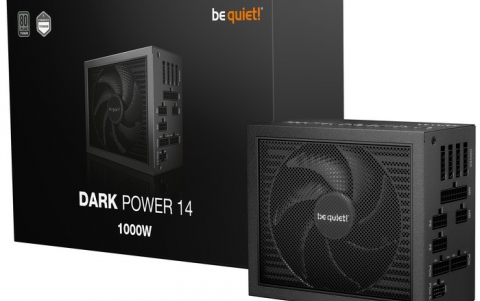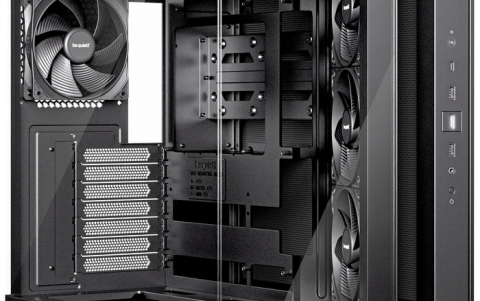Evermore BT-R900
3. Installation - Tests
Installation of the device is straightforward. After charging for about 3hours, you can install it on either your PDA or BT enabled laptop. Remember, the pair key is four zeros (0000), in case the application asks for it. All our tests were done with an ASUS A6JA laptop. We recorded all produced data for a pre-selected route with VisualGPSX and later analyzed it with GPSLog.
In order to measure the TTFF tests ("Time to First Fix" which is the time it takes for a GPS to determine its current position), we used GPSInfo "Cold Start" function. All tests ran simultaneously, under the same environmental conditions and all installed in a BMW 320, 2006 model.
According to GPSInfo, the device had 3.1.1 firmware installed, which is the latest for all SiRF III enabled devices..
- Test Day One
The first day we tested the device with a clear daylight sky and 35°C.
Globalsat BT-338
|
Evermore BT-R900
|
||
Time to First Fix (TTFF)
|
Secs
|
44 sec
|
85 sec
|
Fix
|
Invalid
|
0
|
0
|
2D
|
0
|
2.1
|
|
|
100
|
97.9
|
|
Satellites
|
Average (in view)
|
10.09
|
11.38
|
Average (in use)
|
8.35
|
4.67
|
|
Average Signal Level (in dB)
|
Maximum per Satellite
|
45.70
|
40.67
|
Average per Satellite
|
32.78
|
32.34
|
|
The BT-R900 showed good performance with a high 3D Fix % and high Satellites in view count. In comparison however, the BT-338 seems to have better sensitivity with a better 3D Fix % and higher Average Signal Level. Despite the fact that both receivers use the same chipset (SiRF III), there are significant differences in performance, especially for the TTFF times. Despite our efforts, the BT-R900 could not get a first fix in under 85 secs, whereas the BT-338 needed on average 44 sec. This is something that may present problems for users that lose the signal often, as in cases when passing through large tunnels. Other than this however, the device's performance is quite acceptable.
- Test Day two ( Indoor Sensitivity)
We placed both receivers indoors, close to a big window and monitored their performance. The Evermore BT-R900 obtained a 3D fix, having in view 7 and in use 4 satellites, whereas the Globalsat BT-338 also obtained a 3D fix with 7 in view and 5 in use satellites.
- Overall impressions
The Evermore BT-R900 uses the SiRF III chipset, which is usually a guarantee of good reception levels and low TTFF times. Compared with Globalsat's BT-338, the performance was lower in all cases. But the only point for concern is the high TTFF times, almost double those of the BT-338. In all other respects, performance is more than satisfactory for everyday use.















